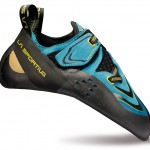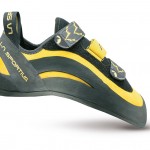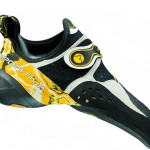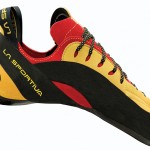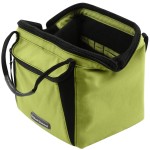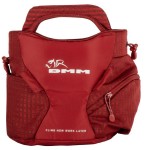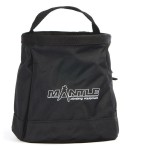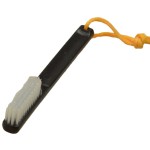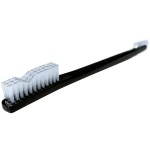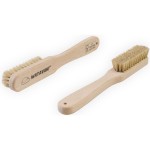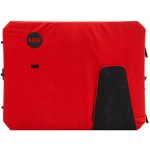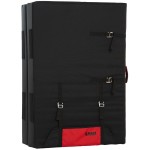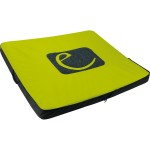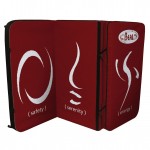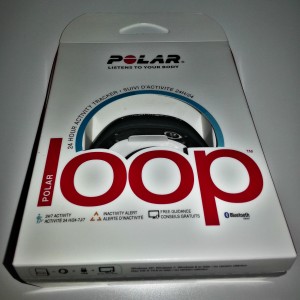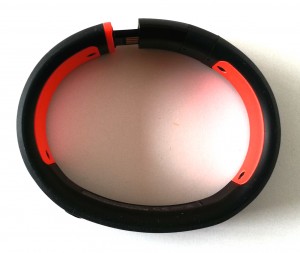equipment | YOUR starter pack
This is about everything you need to start your climbing career. Depending on your area of choice, Bouldering or Climbing, the invest varies massively. While bouldering is less capital intensive, Climbing, particularly outside and in traditional areas (excluding alpine and bigwall climbing) can be very costly and easily far beyond the 2.000€. But let’s start with the easy version:
Bouldering
-
In general bouldering is much more versatile and athletic than climbing. For your shoes that means they should be able to support you along the whole style range: toe and heelhooks, jams, small ledges, sharp edges, slaps, etc. The shoe can be tighter and much more aggressive than your climbing shoe as if necessary you can take them off after each boulder and just need them for 30-60 seconds, max 5min if it’s a really tough and high one. You can identify the aggressive shoes by their banana-like form from the side. Make sure the heel is well covered with rubber as well as the upside of the front foot.
- Futura | LaSportiva
- Miura | LaSportiva
- Solution | LaSportiva
- Testarossa | LaSportiva
More under: La Sportiva -
This might seem a little odd, of course you can use your chalkbag from climbing, but I would suggest a different approach. Take one of the special bouldering chalkbags. The difference is the size. While at climbing the chalkbag is attached to a cord around your waist, during bouldering you don’t necessary need to carry the chalkbag with you during the boulder, but you might need much more chalk and have a few accessories (like the brush, tape and other stuff you can store in the chalkbag.
- chalkbag | AGaudi
- chalkbag | BlackDiamond
- chalkbag | DMM
- chalkbag | Mantle
More under: Bergfreunde.de -
Back in the days when I started with bouldering around 20 years ago, we used normal toothbrushes to clean little holds in the woods, or used large cleaning or steel brushes for the tougher work. This sounds romantic but had a little downside, a) the steel brushes still in use today, destroy not only the moss or dirt on the rock but also the integrity of the rock itself, b) the toothbrushes were actually a bit too small and even the hard ones not good enough to clean the holds from rubber dirt and chalk. So the bouldering industry decided to take action and develop dedicated brushes. Key features compared to toothbrushes are: they are broader, longer and with tighter brush-settings.
- brush | Mantle Natural
- brush | Mantle Nylon
- brush | Metolius
- brush | Wataaah
More under: Bergzeit.de -
The crashpad is only needed outside of course, but there unequally more important. 20 years ago, we didn’t have the comfort of protection no matter how high the highball, climbing cuel de chien in Fontainebleau without crashpads is completely unthinkable for today’s boulderers, but a reality to us, back in the days. Nevertheless I fully support the use of crashpads in bouldering and to be honest I sometimes find myself walking through the High Sierra with 3 Crashpads on my back. When buying a crashpad test it first. If it is too firm it’s not of much use, same applies to a crashpad that’s too soft. In general take a look at the layering inside the pad, it should have a thinner harder layer, a thicker medium hard layer and again another harder layer. In general most of the big brand pads are reliable and high quality enough. No name ones should be compared to one of the pads in the pictures below. I personally favour the Edelrid, but have used several others, including PAD crashpads and BEAL pads. In Bishop I prefer to have 3 with me, In Fontainebleau 2 are enough, same applies in my view to the Grampians, but that’s all subjective. You should have at least one!
- Crashpad | Moon
- Crashpad | LACD
- Crashpad | Edelrid
- Crashpad | Beal
More under: Bergzeit.de
